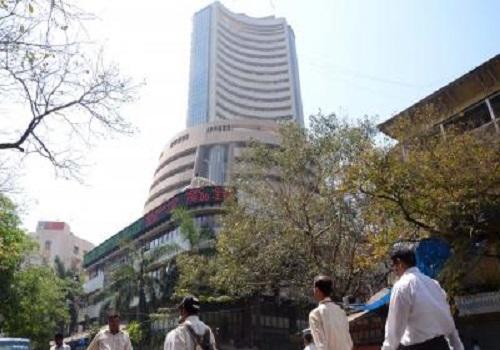
Market Recovery Driven by Positive Global & Domestic Cues: Experts
After three consecutive weeks of losses, the Indian stock market made a strong comeback, closing the week with gains of nearly 2 per cent. This sudden upswing has left many investors and market observers scratching their heads, wondering what triggered this reversal. According to market watchers, among the key drivers, the global sentiment improved following reports of a delay in US tariffs and the possibility of further negotiations, which helped stabilise financial markets.
The Indian market, which had been reeling under the pressure of increased global uncertainty and domestic economic concerns, finally received a much-needed boost. This turnaround is being attributed to a combination of positive global cues and domestic factors that have helped to improve market sentiment.
One of the primary reasons for the market’s rebound was the improvement in global sentiment. The news of a delay in US tariffs on Chinese goods, coupled with the possibility of further negotiations between the two countries, has helped to ease tensions and stabilise financial markets. This, in turn, has had a positive impact on Indian markets, with investors becoming more optimistic about the global economy.
Another key factor that contributed to the market’s recovery was the positive domestic cues. The Indian economy, which has been facing challenges such as a slowdown in GDP growth, has received a boost due to a series of policy initiatives taken by the government. The recent budget, which was presented by the finance minister, has been praised for its pro-growth and pro-business stance. The budget has announced a series of measures aimed at boosting economic growth, including a reduction in corporate tax rates and an increase in infrastructure spending.
Furthermore, the Reserve Bank of India (RBI) has also taken steps to support the economy. The central bank has reduced the repo rate, which is the rate at which it lends to commercial banks, to help stimulate economic growth. This has led to a decrease in borrowing costs, making it cheaper for companies to borrow money and invest in their businesses.
The Indian rupee, which had been under pressure due to concerns over the country’s fiscal deficit and the impact of global economic uncertainty, has also regained some ground. The rupee has strengthened against the US dollar, which has helped to improve market sentiment and boost investor confidence.
The market’s recovery has also been driven by the performance of certain sectors. The IT sector, which has been a major driver of growth for the Indian economy, has seen a significant rebound in recent weeks. The sector has been boosted by a series of deal wins and a strong performance by the US dollar, which has helped to improve the sector’s earnings.
The banking sector, which has been a major concern for investors in recent years, has also seen a significant recovery. The sector has been boosted by a series of measures taken by the government to address the issues of bad loans and capital adequacy. The government has also announced a series of measures aimed at improving the sector’s liquidity, including an increase in the statutory liquidity ratio (SLR) and a reduction in the cash reserve ratio (CRR).
In conclusion, the market’s recovery has been driven by a combination of positive global cues and domestic factors. The improvement in global sentiment, the government’s pro-growth and pro-business stance, and the RBI’s measures to support the economy have all contributed to the market’s upswing. As the economy continues to navigate the challenges posed by global uncertainty and domestic concerns, investors would do well to maintain a positive approach and focus on the long-term potential of the Indian market.






